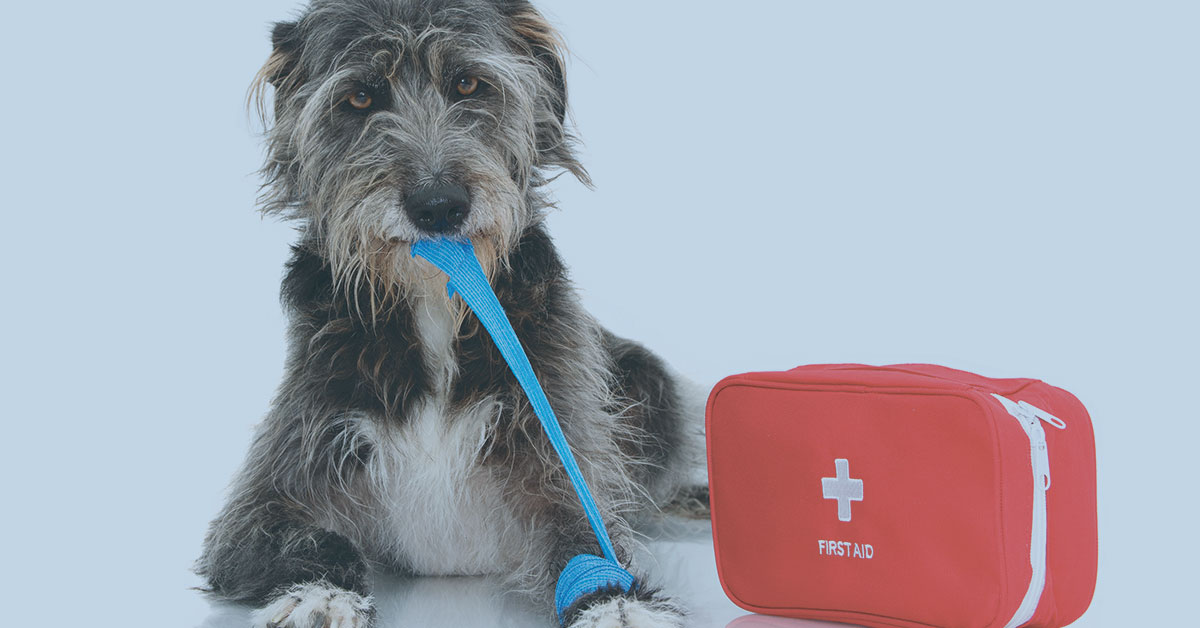What’s the worst thing that could happen during an emergency? Not knowing what to do during the emergency. Our UrgentVet affordable pet care staff are here nights, weekends and holidays, providing convenient walk-in service for you and your pet. We treat cases that require immediate attention – but aren’t serious enough to require emergency hospitalization. In most cases, UrgentVet can diagnose and treat your pet’s problem in less than an hour.
April is the American Red Cross’ Pet First Aid Awareness Month, and while many of us have an emergency preparedness plan for our families, we often fail to think about what Fido and Fluffy might need during a potential health emergency.
More pets present to the vet ER for GI upset than any other illness. UrgentVet is uniquely qualified to manage the vast majority of these cases without expensive hospitalization. Our expert staff, comprehensive in-house laboratory, and digital x-ray determines the best course of treatment for each individual pet in less than an hour.
During an animal emergency, your best bet is to bring your pet to your veterinarian as soon as possible. But, some situations may require you to provide support until you reach professional help. Here are a few common scenarios.
A vomiting pet
Just like humans, pets can experience occasional stomach upset. If your dog or cat isn’t showing any other signs of illness:
- Fast him for 24 hours (water only)
- Slowly introduce small portions of bland foods—like boiled chicken and rice—up to four times daily
- Monitor your pet closely
- If the vomiting continues, call our office
A seizing pet
Seizures can be terrifying to witness. If you see your pet having a seizure:
- Keep him from injuring himself or others by moving objects and other pets away
- Do not move the seizing pet unless he is too close to a harmful object that can’t be moved
- Keep hands and fingers away from your pet’s face—a seizing pet is likely to involuntarily bite and clamp down hard
- Record a description of the seizure
- How long did it last?
- What was happening when it began?
- How did your pet act after it ended?
- Once your pet has recovered, keep him warm and calm and contact us right away
A bleeding pet
Don’t let the red stuff freak you out too much. If your pet is bleeding:
- Clean the wound with a mild antibacterial soap, rinse, and dry well
- Allow a clot to form by applying pressure to the wound with a clean towel for at least 3 minutes
- If your pet’s nail is bleeding, you can use cornstarch to slow or stop the bleeding (this only works on nails, not skin wounds)
- Contact us immediately if the bleeding persists
There are many other health emergencies your pet could face. Keep our phone number in your contacts so you can get the help you need quickly. Contact us if you have any questions!





